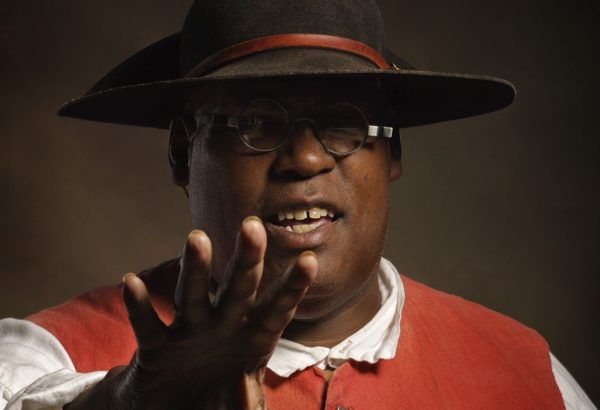
Back when he worked as an interpreter at Carter’s Grove, Art Johnson would intercept visitors as they crossed a bridge on the way to the mansion house. “Is anyone here related to the Burwells?” he would ask. When they acknowledged that they weren’t related to the mansion’s 18th-century occupants, Art had his opening, his chance to redirect their attention to the nearby slave quarter.
Although there is eternal fascination with the impressive wealth of society’s upper echelon, Art wanted to show guests how much there is to learn about ourselves by pausing to actually see the less visible people of colonial society.
This anecdote illustrates some of the fundamental challenges faced by African American interpreters at Colonial Williamsburg (and elsewhere, for that matter). It’s one of many in a new book that offers insight into how some of our very talented and dedicated interpreters have developed techniques to engage audiences of all ages and from all walks of life to wrestle with some of the complexities and contradictions of our founding story.
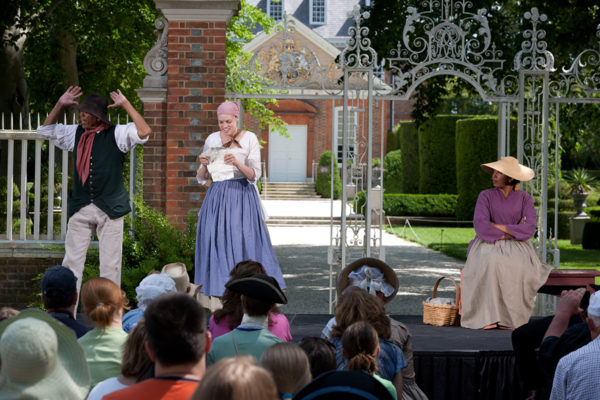
The Art and Soul of African American Interpretation reads like a series of personal conversations. Ywone Edwards-Ingram, a staff archaeologist whose duties range from researching, writing, and teaching about slavery, material culture, and African American life in the eighteenth century to working directly with interpretive sites and public programs, drew on many years working closely with interpreters to draw out their individual impressions of the many facets of their work. She will also lead a panel discussion this week, giving a live audience the opportunity to ask interpreters how they develop and play the parts of 18th-century African Americans.
Art and Soul is dotted with fascinating revelations about what it’s like to play an 18th-century African American. A guest might very well assume all play enslaved people. But Edith Cumbo was a free black and Gowan Pamphlet was eventually manumitted, so it’s important not to jump to quick conclusions.
To be sure, most African American interpreters do play enslaved Virginians. In Williamsburg, that was half the city’s population at the time of the American Revolution. But encountering slavery in any manifestation can be awkward for black or white audiences.
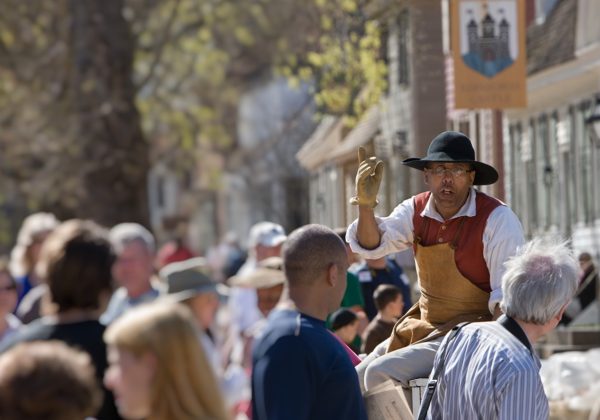
Black guests are sometimes uncomfortable confronting what some consider a humiliating aspect of the past that should be forgotten, not memorialized. “Many people,” said Greg James, “don’t want to be reminded of people beaten, lashed, and currycombed… But would history be true without it?” Greg was a beloved interpreter for many years before his death in 2013.
Any person might judge the performance as too harsh a portrayal, or too understated. One minute an interpreter might be viewed as minimizing the cruelty of slavery; the next minute he or she might be viewed as exaggerating it.
Often you have to make a quick impression to win people over. “Five minutes, 300 seconds. What do you want them to know?” asks Art. Sometimes a brief conversation can strike a chord, pique an interest, or open a mind to a different perspective.
Each of the subjects in the book wrestles with how to be true to the historical record while staying grounded in research. Some carry the emotions of being in that moment home with them.
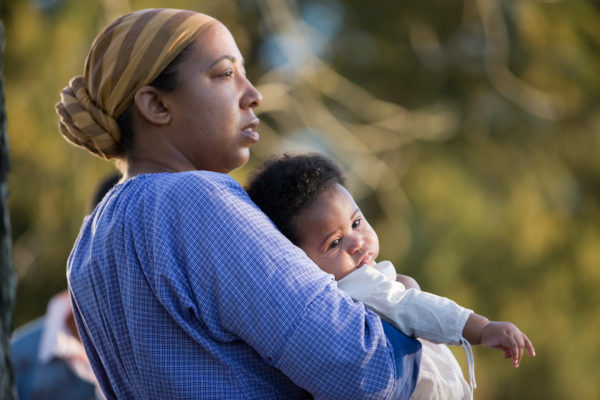
An added challenge lies in the lack of detailed documentation for enslaved Virginians. Most of the time there are but faint traces of the lives of enslaved persons: an entry in a ledger, a mention in a letter, a description in a runaway ad. Somewhat more is known about the life of Gowan Pamphlet, an enslaved tavern worker who managed to build his own Baptist congregation, but even in his case, the record is far from complete.
So how can interpreters weave such thin strands of evidence into a three-dimensional character while staying faithful to our understanding of the historical and archaeological record? It’s a balancing act, to be sure. Our interpreters put a lot of time into researching the period to construct a plausible character profile built on evidence. “You can be creative without making things up,” says Hope Wright, who is perhaps best known for playing Eve, an enslaved women in Peyton Randolph’s household.
But as Rose McAphee, who has moved from first-person interpretation into a research and training role, says, “We have to look for evidence beyond the documents. If we limit interpretation to only what is specifically documented for any given person, we go back to telling very little about the lives of most 18th-century Virginians.”
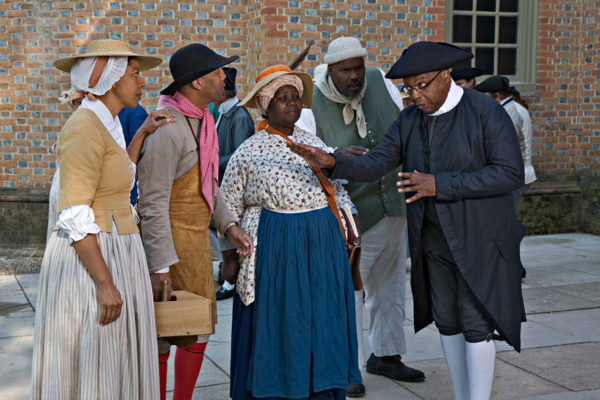
“In my house we didn’t talk about slavery, we didn’t talk much about religion, although we went to church on Sundays, and we didn’t talk much about politics,” says interpreter James Ingram, who portrays Baptist preacher Gowan Pamphlet. “And now I’m doing all three.” At Colonial Williamsburg discussing controversial subjects isn’t taboo; it’s our bread and butter.
Many of the interviews return to Colonial Williamsburg’s mission, “That the future may learn from the past.”
Greg declared that this was a challenge to be taken up: “I like folks to remember that a lot of this bickering, both among blacks and white, a lot of this doing people wrong or doing your fellow men wrong, being rude to them and cruel to them—if they would truly learn from the past, they would know how to treat their fellow man. That would truly make a difference.”
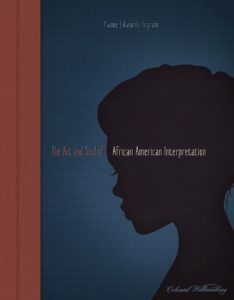 The Art and Soul of African American Interpretation is available in Colonial Williamsburg shops and online at Williamsburg Marketplace.
The Art and Soul of African American Interpretation is available in Colonial Williamsburg shops and online at Williamsburg Marketplace.
Join us for the panel discussion and book signing on Wednesday, May 4 at 5:30 p.m. at Hennage Auditorium.
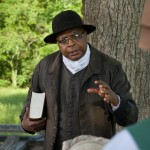

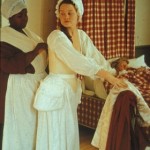
The book is wonderful—evocative and emotional. I commend the interpreters who must, by the very nature of the topic, impart so much of themselves into the roles they play.
Marcel Riddick Sykes says
This is a great article. I served as “Eve” and “Beck” while at Colonial Williamsburg! It was both an honor and a pleasure to flesh out our ancestors in this fashion. It’s of vital important to give the history of ALL who live, loved, and died to make America the great country that it is. It was a privilege to work with all who were mention in this article, especially Greg.
Some of my most memorable learning experiences at Colonial Williamsburg have been the result of the efforts of black first-person interpreters. The most recent was during a visit to the Coffee House:. a free woman of color who was a prominent laundress came in to find and dun some of her customers for not paying their laundry bills. I do not do the lady justice for I am terrible at remembering names. There was so much teaching in one small conversation, if you listened carefully and thought about some of the nuances of the “performance”. I thought it was brilliantly done.
Dan Crowther says
I’m kind of curious if Art Johnson ever ran into someone who actually DID have the Burwell surname and how he handled that situation as a reenactor.
I’ll have to ask!
Thank you for quoting and including photos of Greg James. I still miss him very much even though it’s been over three years since his passing.
We also appreciate the acknowledgement of Gregory James. I can still hear his booming voice as he made his way down DOG street. He is proof of what a lasting affect a good interpreter can have on their audience.
Greg was one of my very favorites and I looked for him every year. I especially loved when he broke into song and involved the children he passed on the DoG.
I miss him greatly and will treasure the photos and memories I have of chatting with him on many occassions
Greg was a wonderful part of this community and a really memorable interpreter. I miss him too. Thanks to all who are expressing their appreciation and memories. And at the risk of sounding like a promotional plug, I think you would appreciate the thoughtful comments he makes in the book.
Great piece on a difficult subject, Bill.
Thanks!